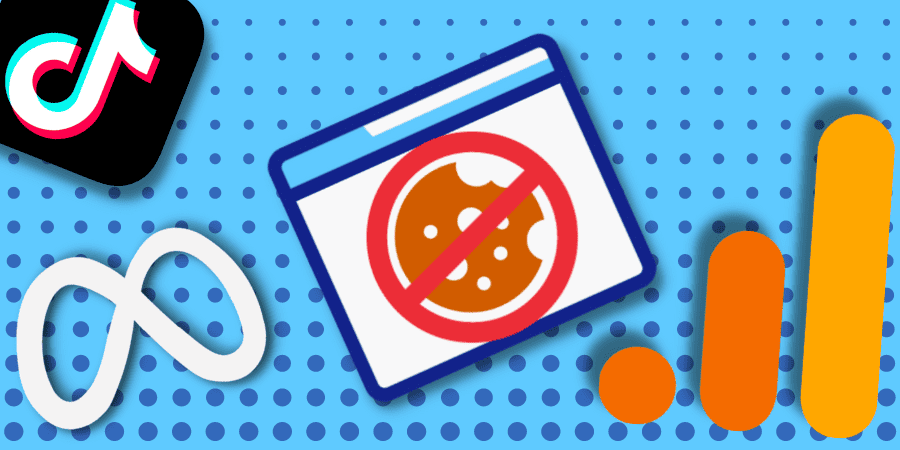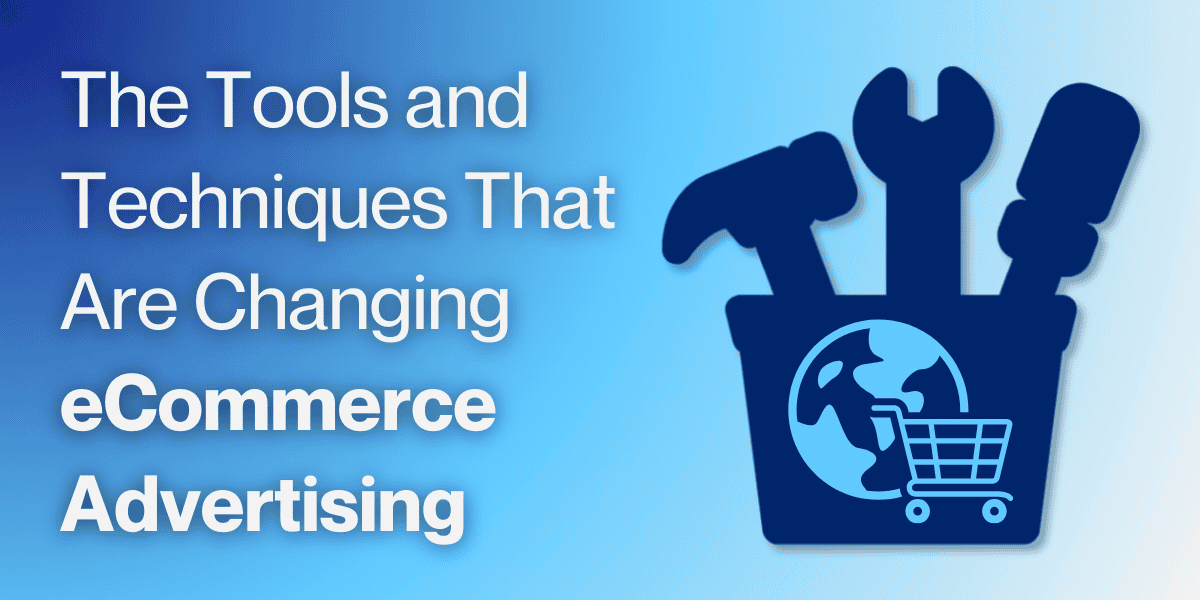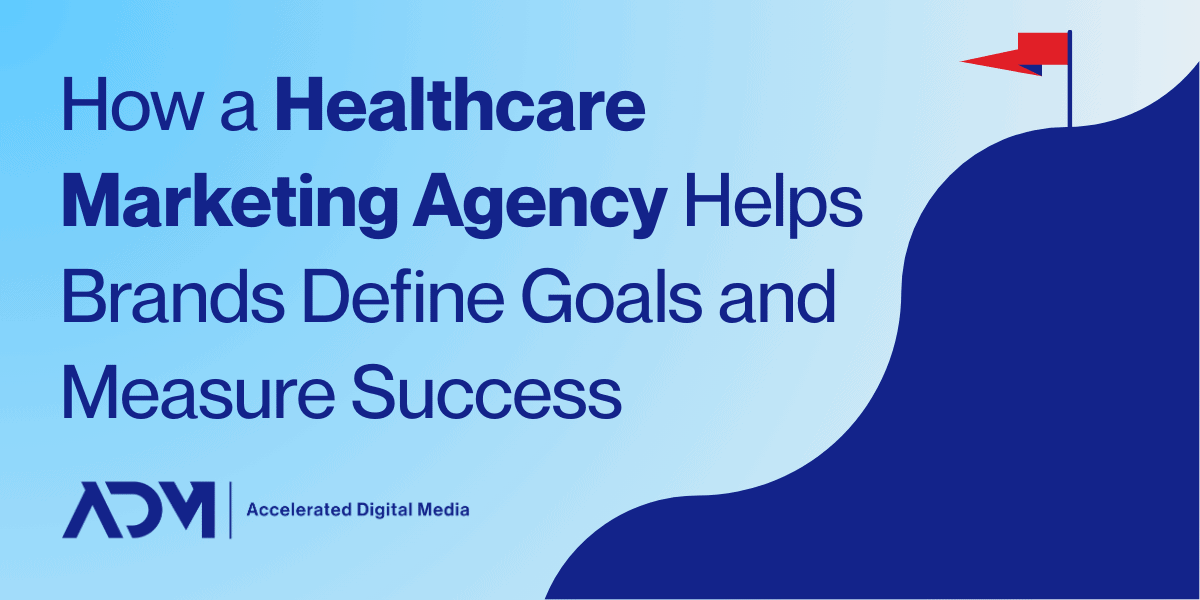New technologies and media formats are quickly reshaping the digital marketing industry. From artificial intelligence-driven campaign automations to fast-growing new social platforms, marketers are being forced to embrace new tools and adapt their strategies.
Here, ADM has compiled the top five technological trends that we think are revolutionizing the digital marketing industry. We’ve provided insights on how we see these developments changing marketing now and in the future, as well as observations about how you can learn to harness their potential to your company’s advantage.
1. Google’s Performance Max Campaigns
Google’s Performance Max campaigns are one of the most potent new Google Ads features to roll out in years—and their impact is easy to see. Already, they are rapidly transforming the Search Engine Results Page (SERP).
Using AI-powered algorithms, these campaigns are extremely effective in identifying and targeting prospective customers. They can deliver creative across the Google ecosystem—search, display, Discovery, Gmail, Maps, and YouTube—to users that the AI considers most-likely to convert. Performance Max campaigns rely on relevance and purchase intent, thus reducing the burden on advertisers to build specific audience lists. Today, the SERP is increasingly-populated Product Listing Ads (PLAs) in response to non-branded product searches. Advertisers are seeing impressive results thanks to these highly-effective new automated campaigns.
2. Meta’s Advantage+ Campaigns
AI-based campaigns are a digital marketing trend outside of Google, too. Meta, the social media giant behind Facebook and Instagram, has recently introduced Advantage+ campaigns. These cutting-edge campaigns leverage AI automation, similar to Google’s Performance Max, to streamline the targeting process. One ADM client likened them to “Facebook in the old days,” before the fateful iOS updates that diminished the platform’s advertising efficacy.
By automating various aspects of audience targeting, Advantage+ campaigns reduce the burden—but also the granular control—associated with traditional audience-building approaches. While the decreased targeting control may create some limitations, these campaigns have been a rousing success since their rollout in 2022. One useful approach is to integrate them with your product feeds to build dynamic product ads that drive direct eCommerce sales.
3. Google’s Cookie Deprecation
Google Chrome currently holds 65% of the market share for browsers—and it’s set to undergo a major transformation that will reshape digital marketing strategy. In a bid to prioritize user privacy, Google has announced its plan to disable cookies by the end of 2024, joining other major browsers that have already done so. This significant step will have far-reaching implications for digital marketers, as it will mark the de-facto death of cookies and thus the end of cookie-based targeting strategies.
With the inability to replicate user behavior, marketers will face challenges in achieving accurately tracked conversions, forcing them to explore alternative methods for reaching their target audience. This move by Google signifies a paradigm shift in the digital marketing landscape, where privacy and user-centric approaches are gaining precedence—and marketers will have to depend more on other advertising options, like programmatic ads, to continue reaching users across their buying journey.
4. The Switch to GA4
Google Analytics (GA) has long been recognized as the leading digital analytics solution, empowering businesses with valuable insights. However, to keep up with the evolving landscape of AI-powered marketing platforms, Google recently introduced the Google Analytics 4 (GA4) update. This significant update brings forth a powerful integration of machine learning algorithms, enabling more advanced analysis of consumer behavior and delivering even more precise and actionable insights.
Notably, GA4 is also designed to align with the CCPA and GDPR privacy regulations, ensuring data protection and compliance. With these enhancements, businesses can harness the full potential of GA4 to gain a deeper understanding of their audience and make data-driven decisions that drive growth and success.
5. The Rise of Short-Form Video Platforms and Ads
TikTok revolutionized the social video landscape by popularizing short-form, vertical videos meant to be viewed on mobile devices. With an astounding one-billion active users by the end of 2022, TikTok proved that this could be a dominant media format, and other platforms followed suit. Meta put significant emphasis into Instagram Reels while Google has rolled out YouTube Shorts.
Short-form video platforms like TikTok are often misconstrued as only appealing to younger users—but 67% of TikTokers today are over 25. This highlights the importance of embracing them as a strategic advertising format. It’s become essential that companies grasp the fundamentals of short-form video advertising and develop a creative strategy that fully leverages the advantages of this distinctive format—because unlike many trends, it isn’t going away anytime soon.
Staying on Top of Change
At ADM, we make it our mission to stay ahead of the curve in the ever-evolving digital marketing landscape. We don’t just familiarize ourselves with the trends reshaping the industry; we master them so that our clients always stay one step ahead of their competition. If you want to learn more about how we build custom, cutting-edge strategies for growing companies, don’t hesitate to reach out and schedule a free consultation today.



